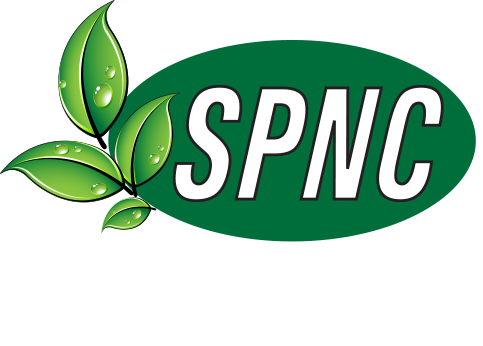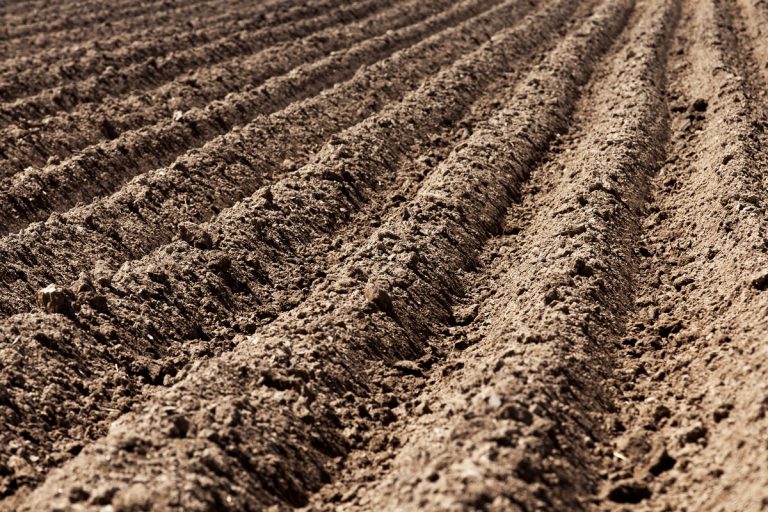White Mold in Soybeans
Sclerotinia white mold, as it is known by, is a fungus that is commonly seen in more cool and wet conditions during the flowering stages. You can distinguish Sclerotia by the white, cottony growth that can be seen about 8 inches from the ground. Sclerotia, usually in dark masses and irregularly shaped, are produced by the mold on the interior of the stem. During harvest, Sclerotia may fall off the plant and onto the soil and survive until the next season or it can be harvested with the beans due to their size. They can be compared to the imagery of rat feces. If you do not clean out your combine from field to field, you may contaminate fields that still need harvested.
Many growers first will notice the moldy growth on the stems, or because of the dying plants that appear scattered throughout the field. You will find the growth near the lower stem on the plant. The sclerotia in contact with the soil will germinate and form a mushroom structure that will sporulate. It is cool wet conditions that cause the germination and spore dissemination that begins year after year. Practices that cause high humidity and cool conditions will favor the disease during the flowering stage of the beans. Conversely, anything that can reduce humidity and create air circulation will help reduce the infection. Dry weather periods are the most effective in stopping the progression of sclerotia but it will not reverse the infection on the previously infected plants.
To help control sclerotia in your area, if there is beginning to be out breaks, bean selection and planting practices can reduce the effects. Plant in 30 inch rows if possible and deep tillage will help bury the sclerotia. Sclerotia can survive for several years and only germinates near the surface of the soil. Thus, no-tilling only promotes long term survival of sclerotia. Crop rotation to corn will help, but it usually takes around two years after heavy infestation of sclerotia to decrease the infestation in the soil.

